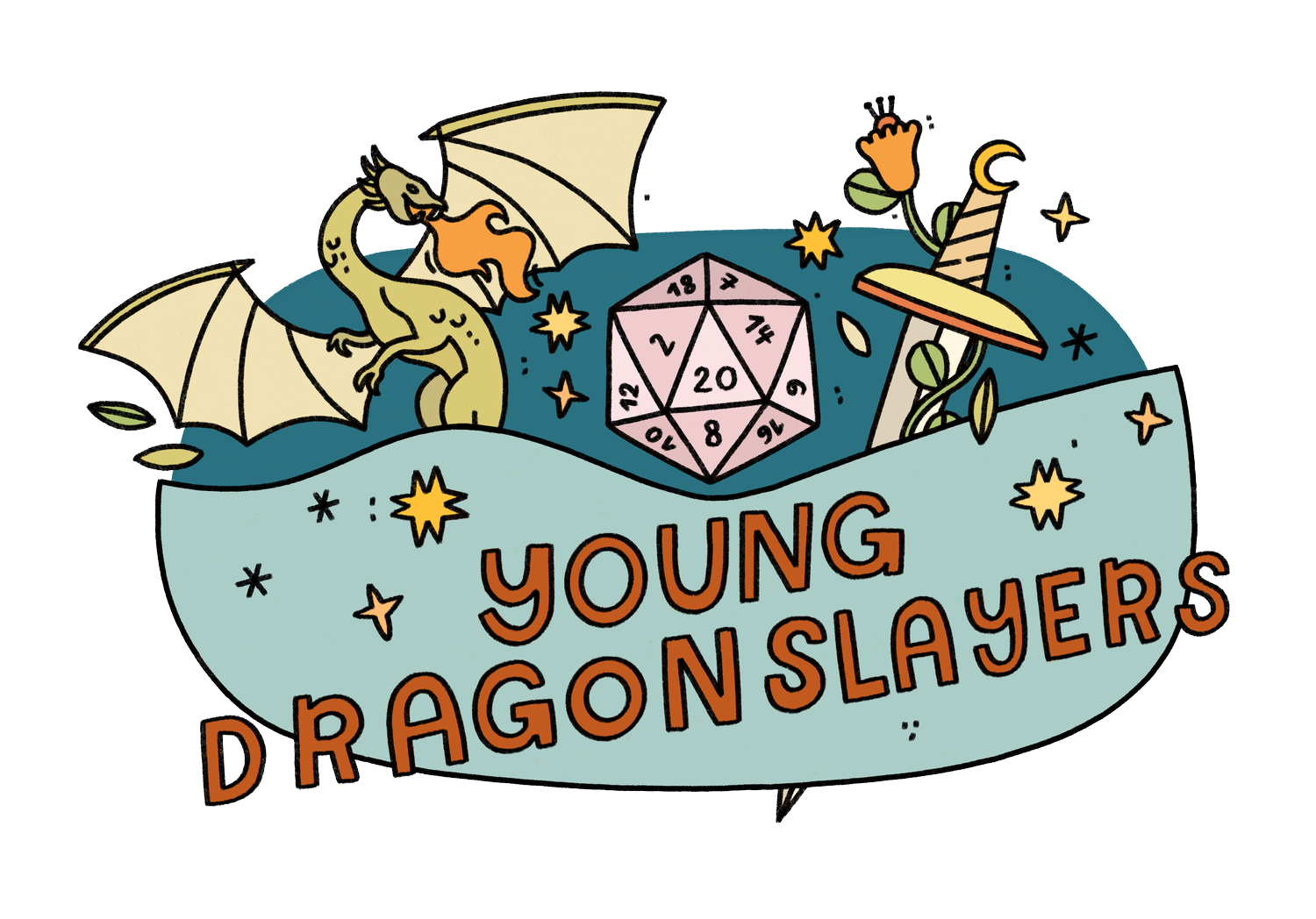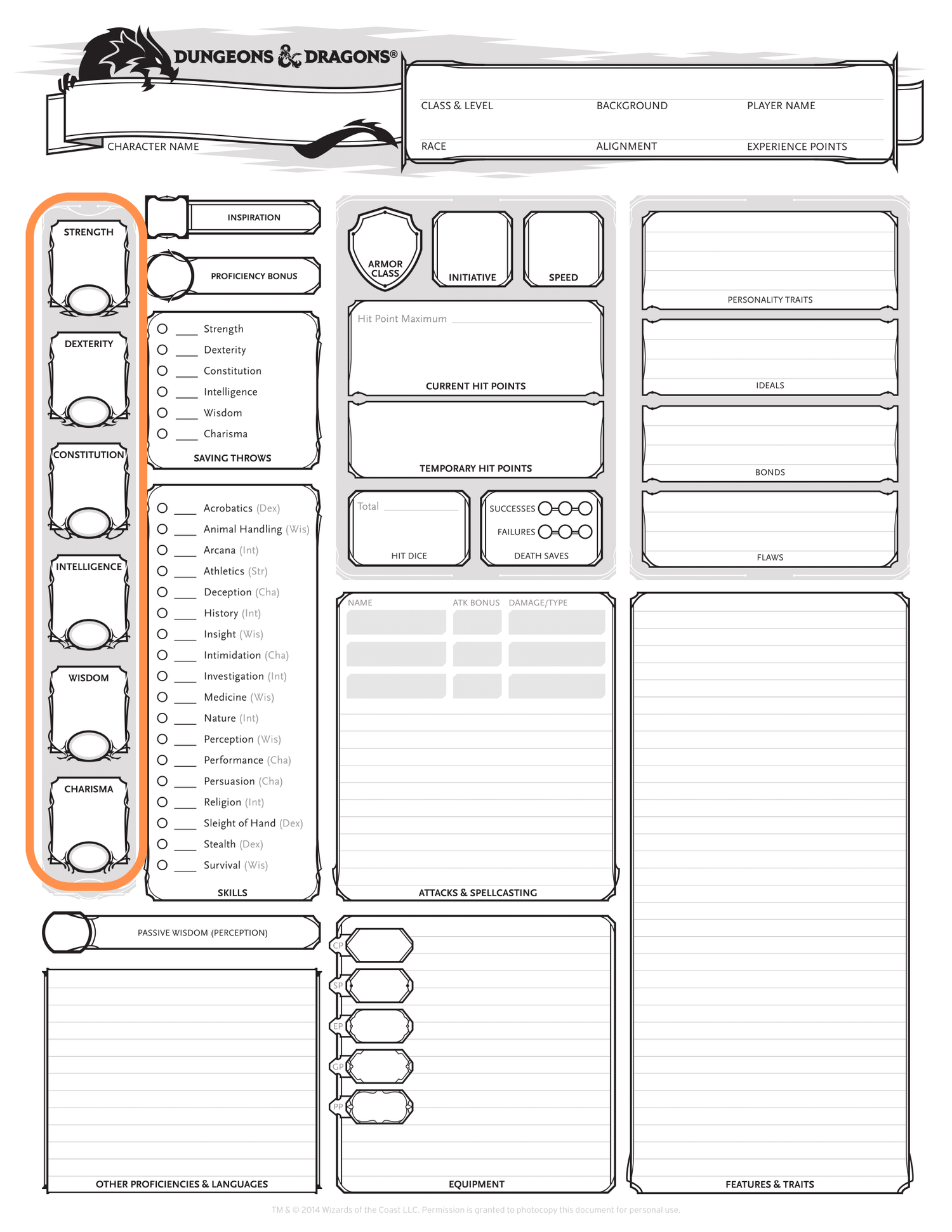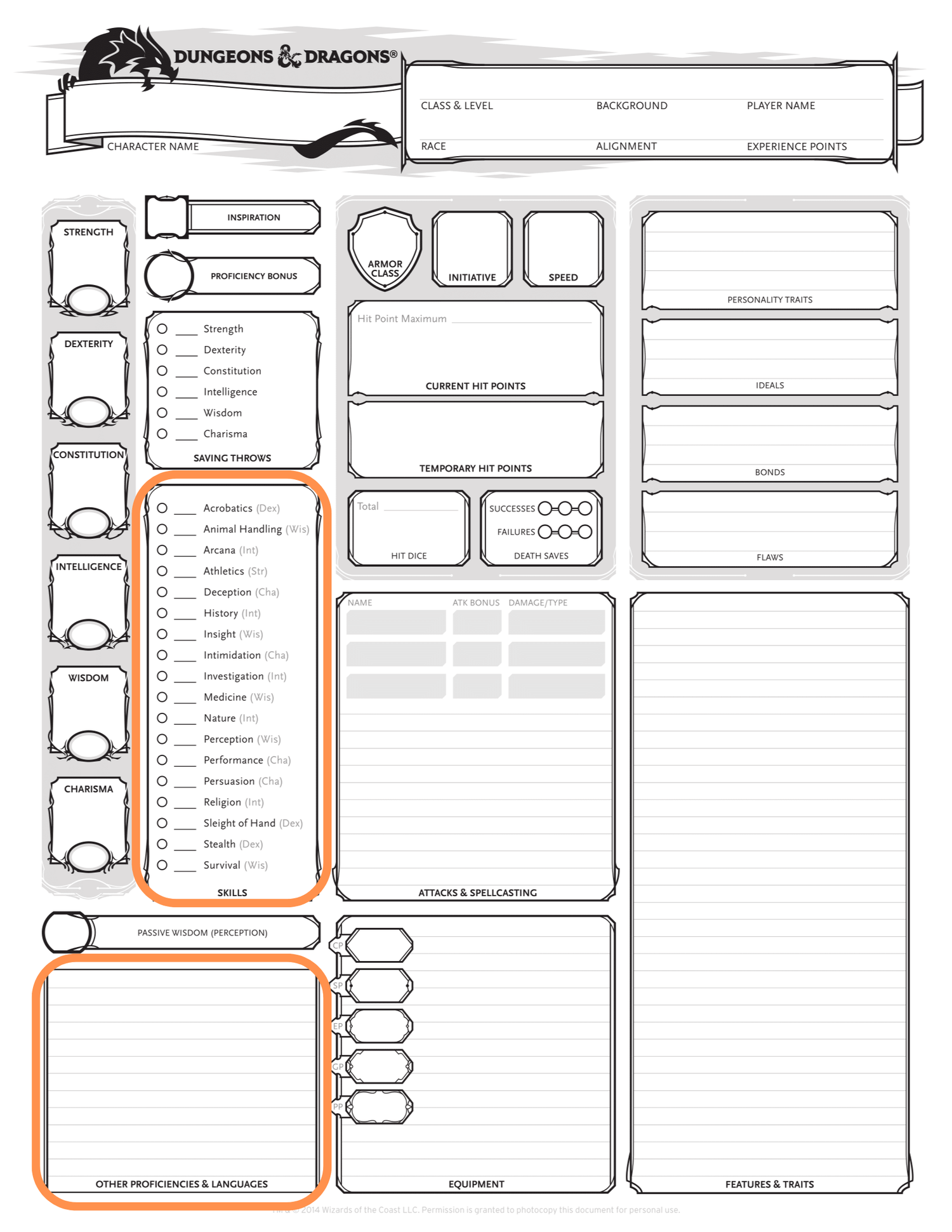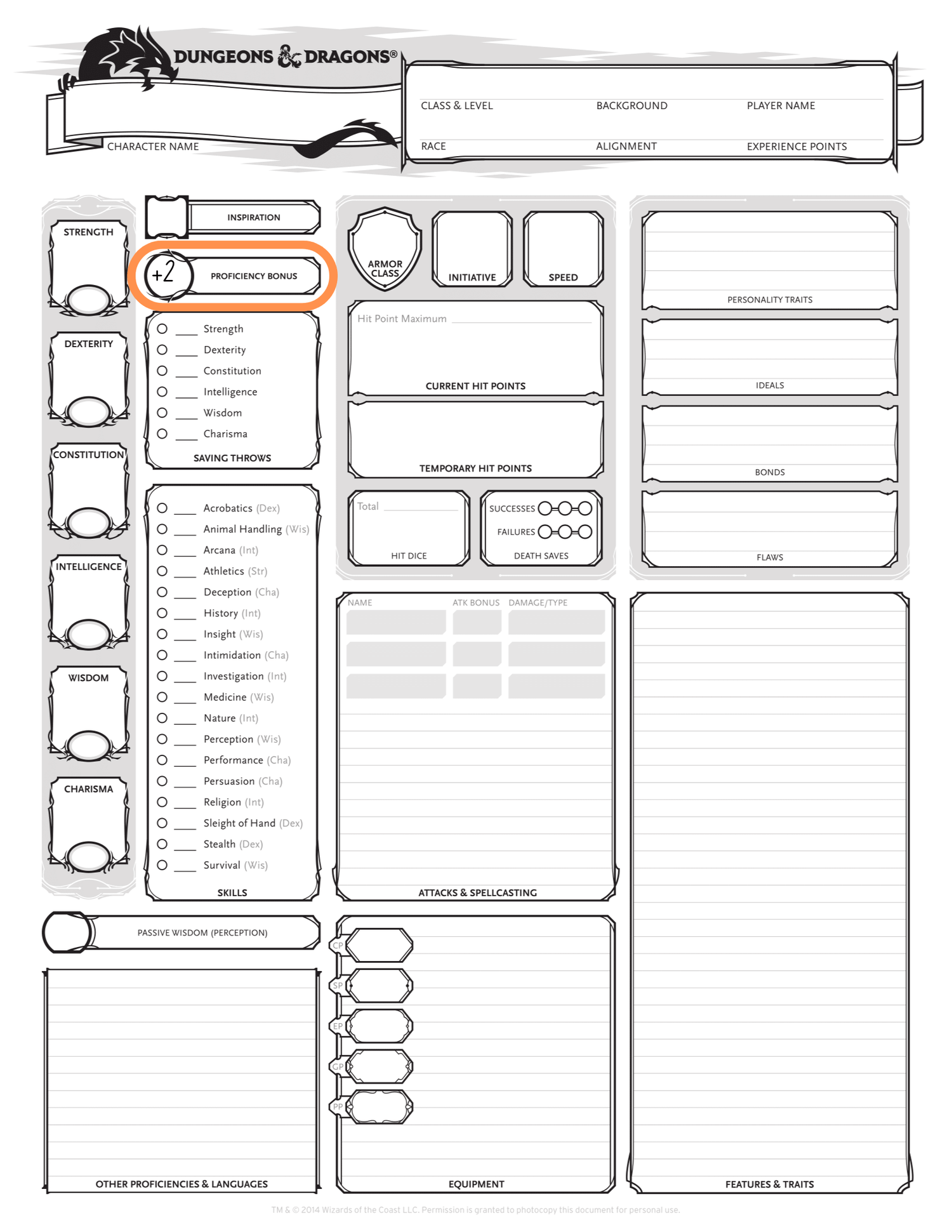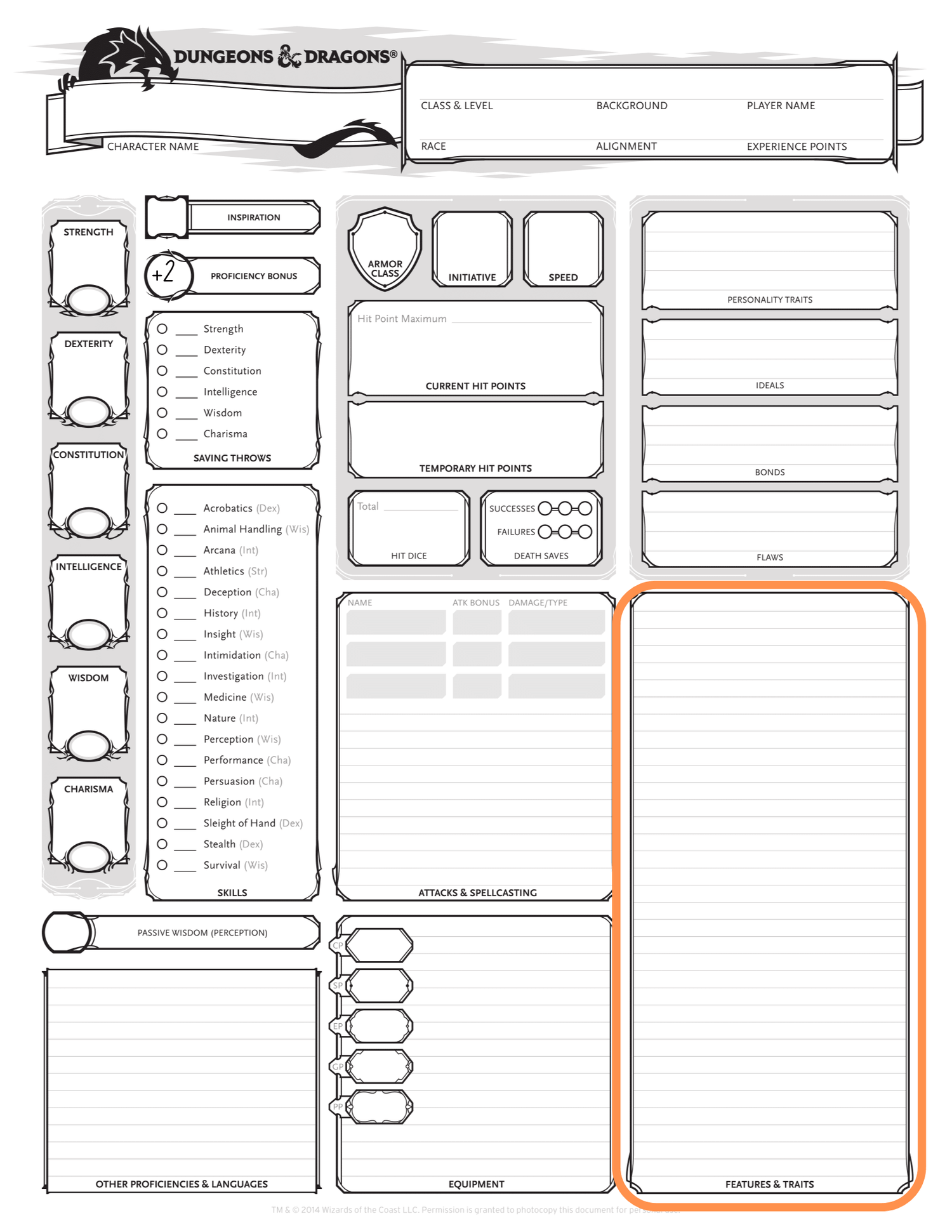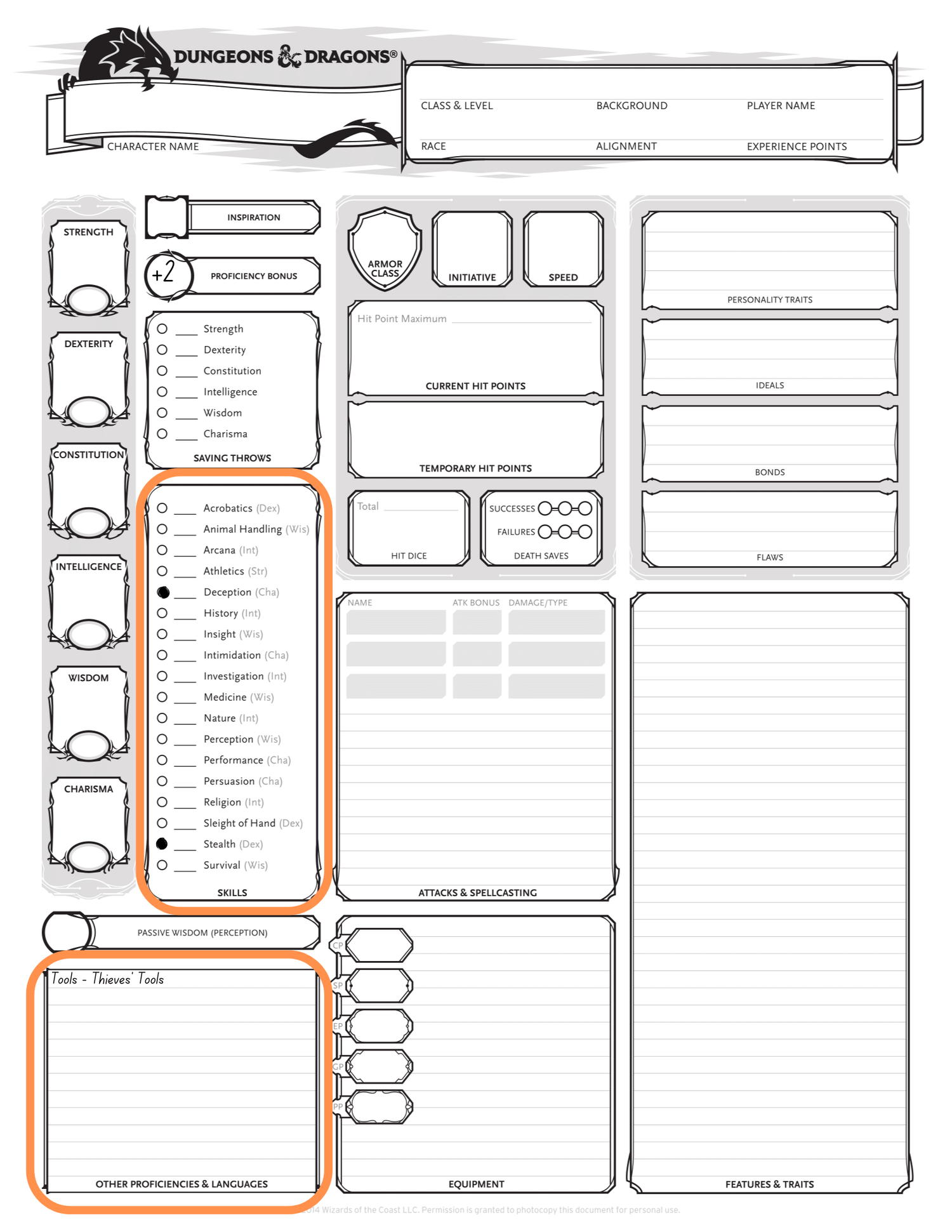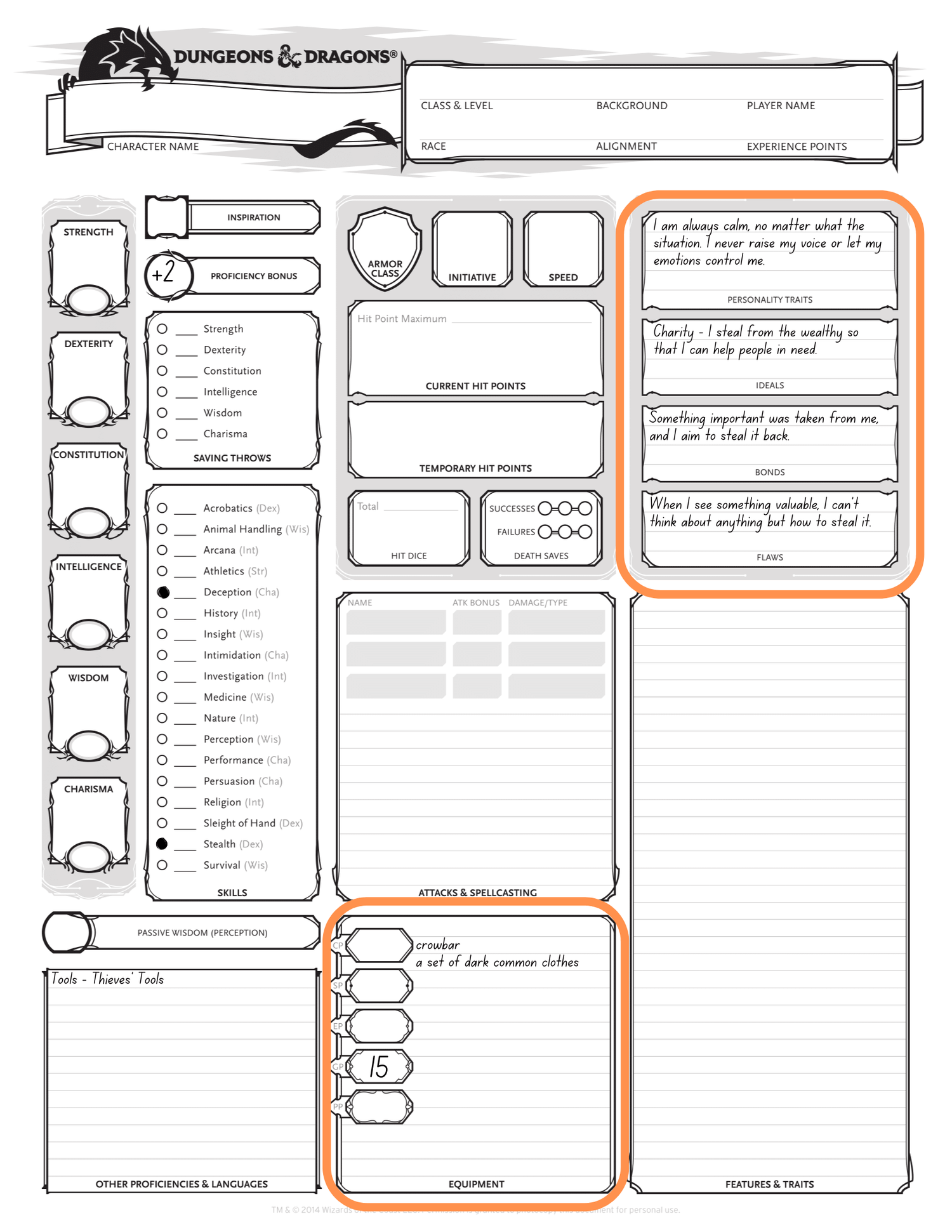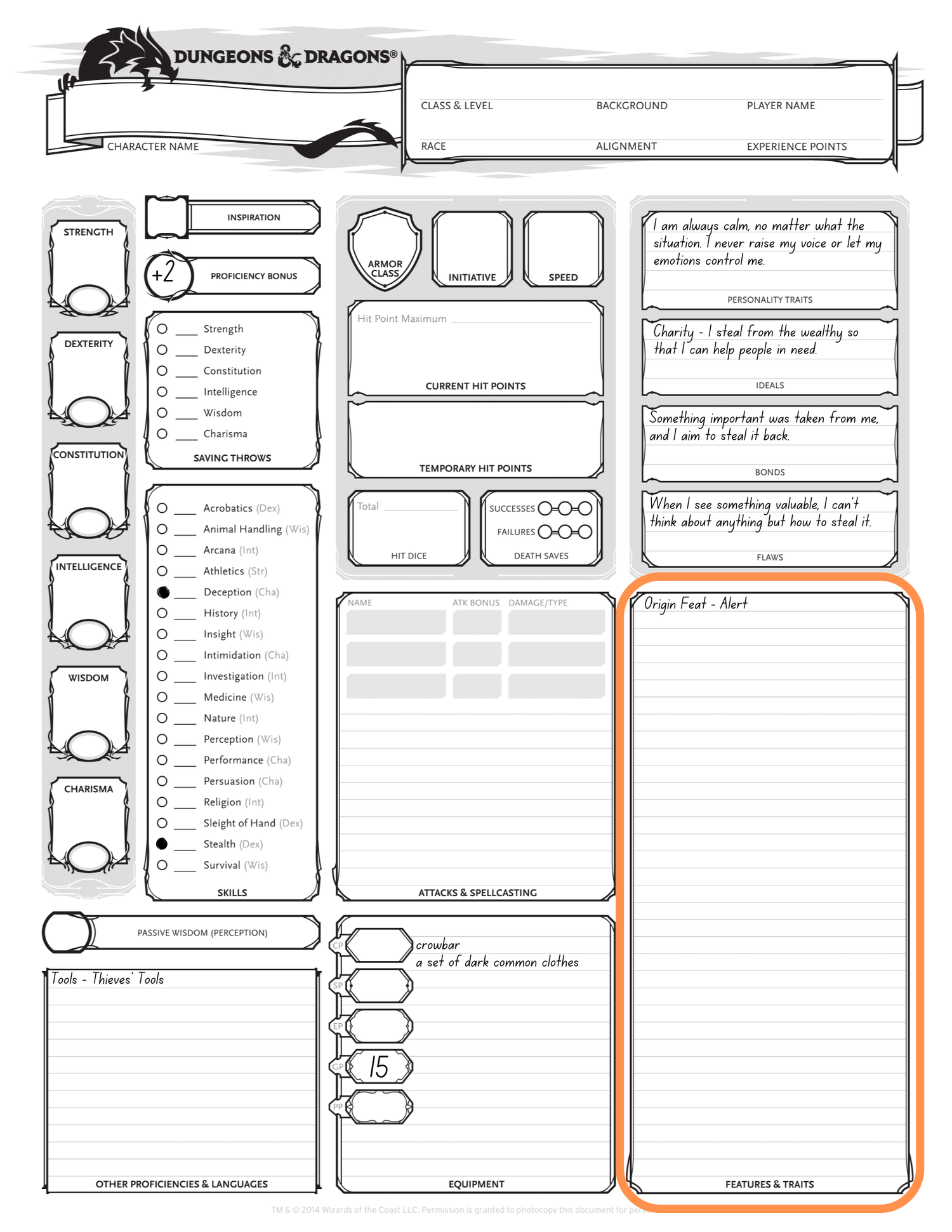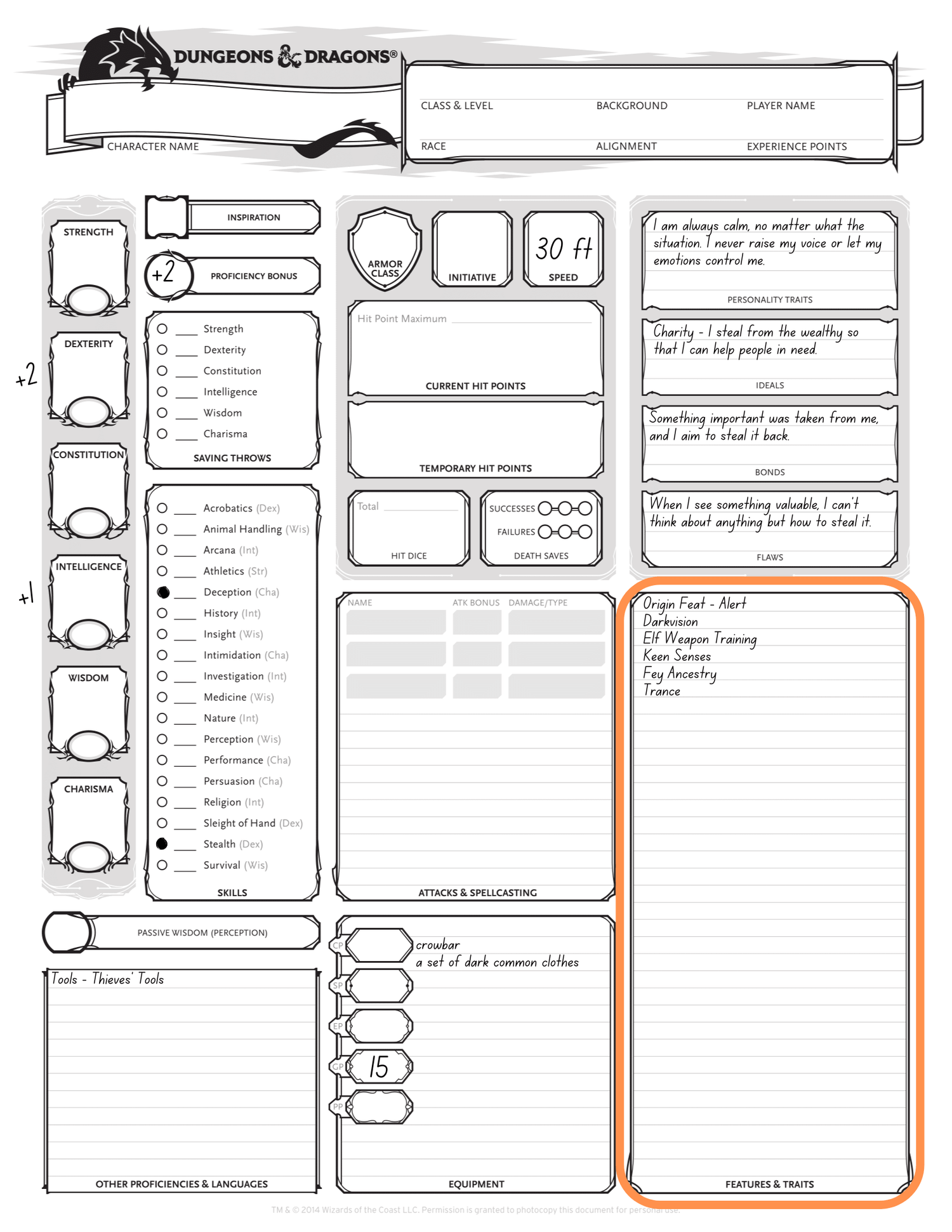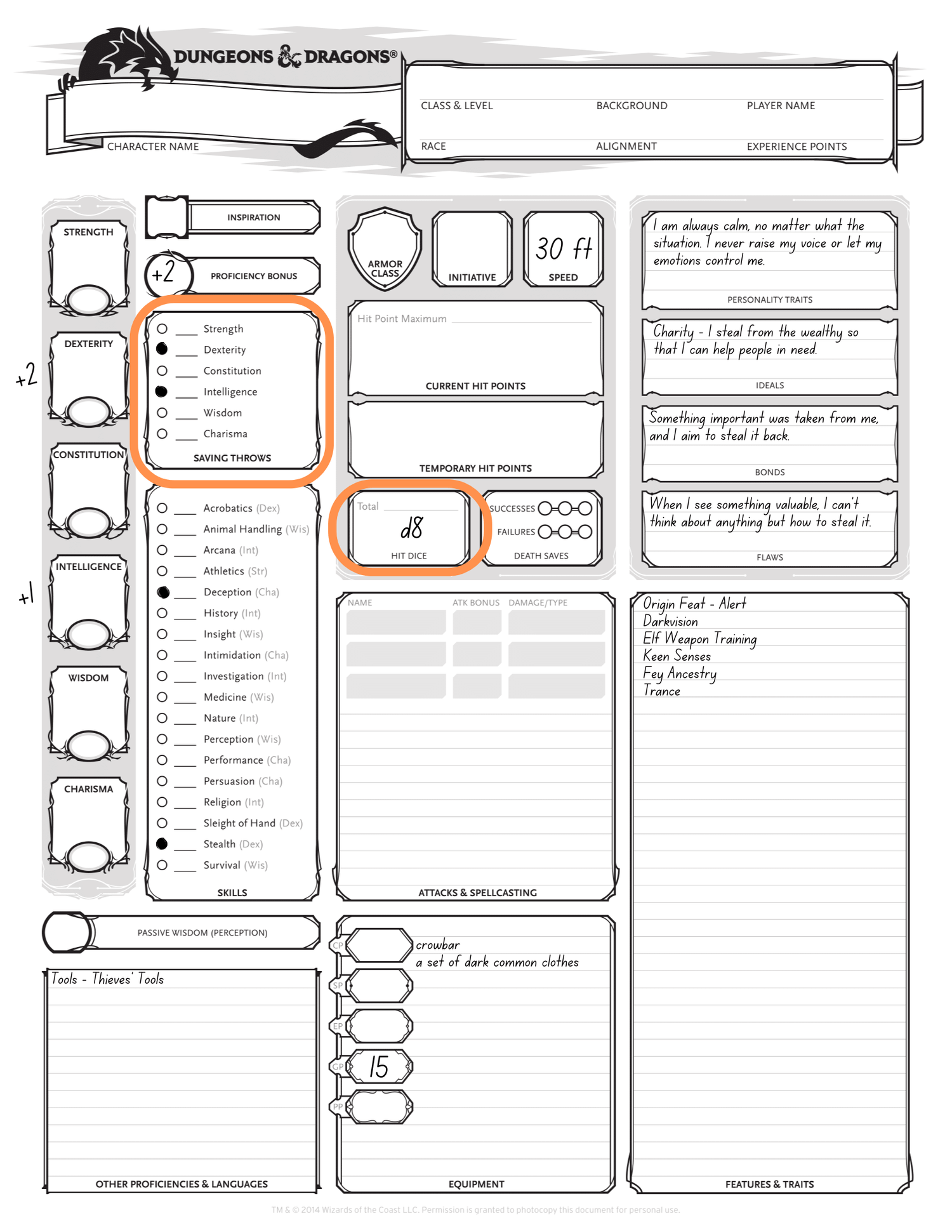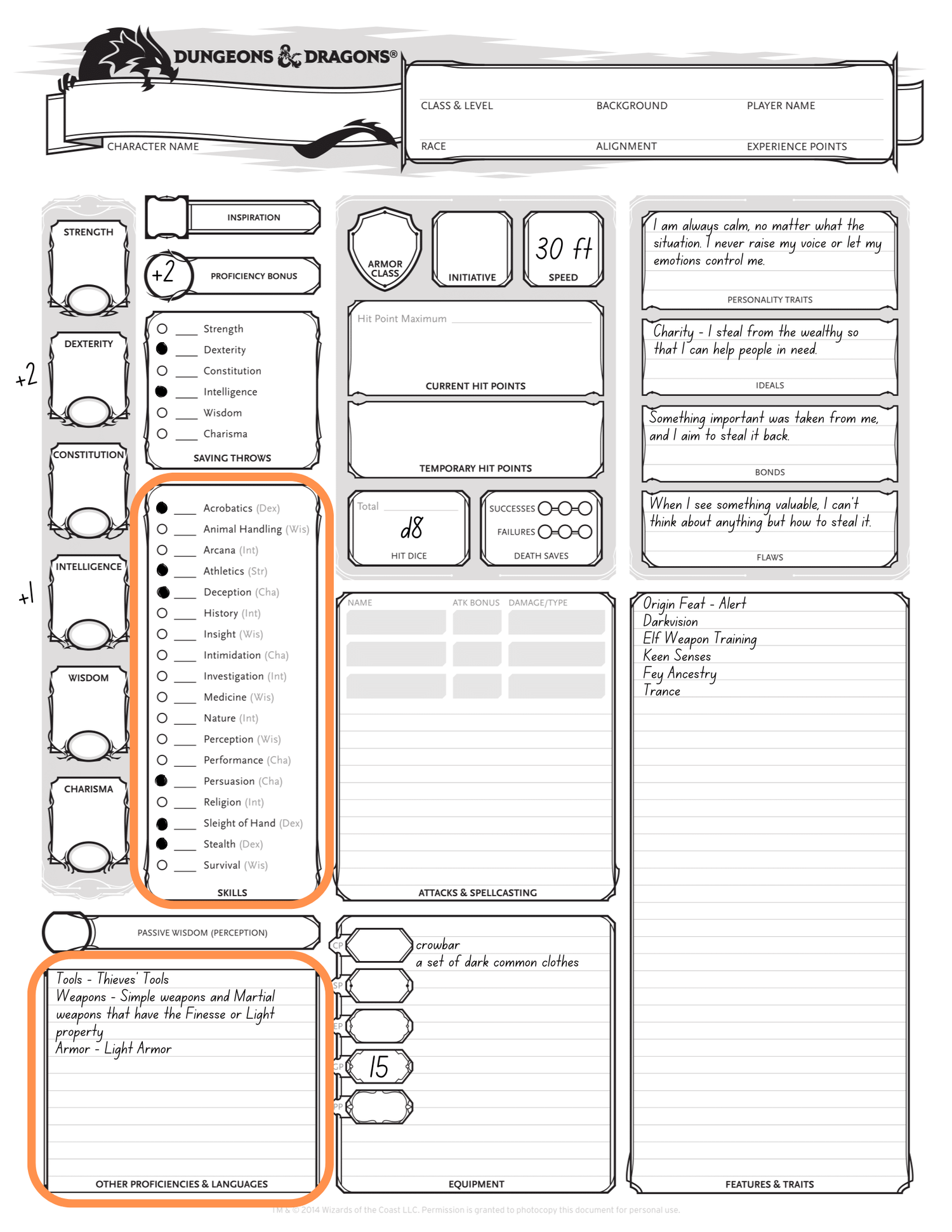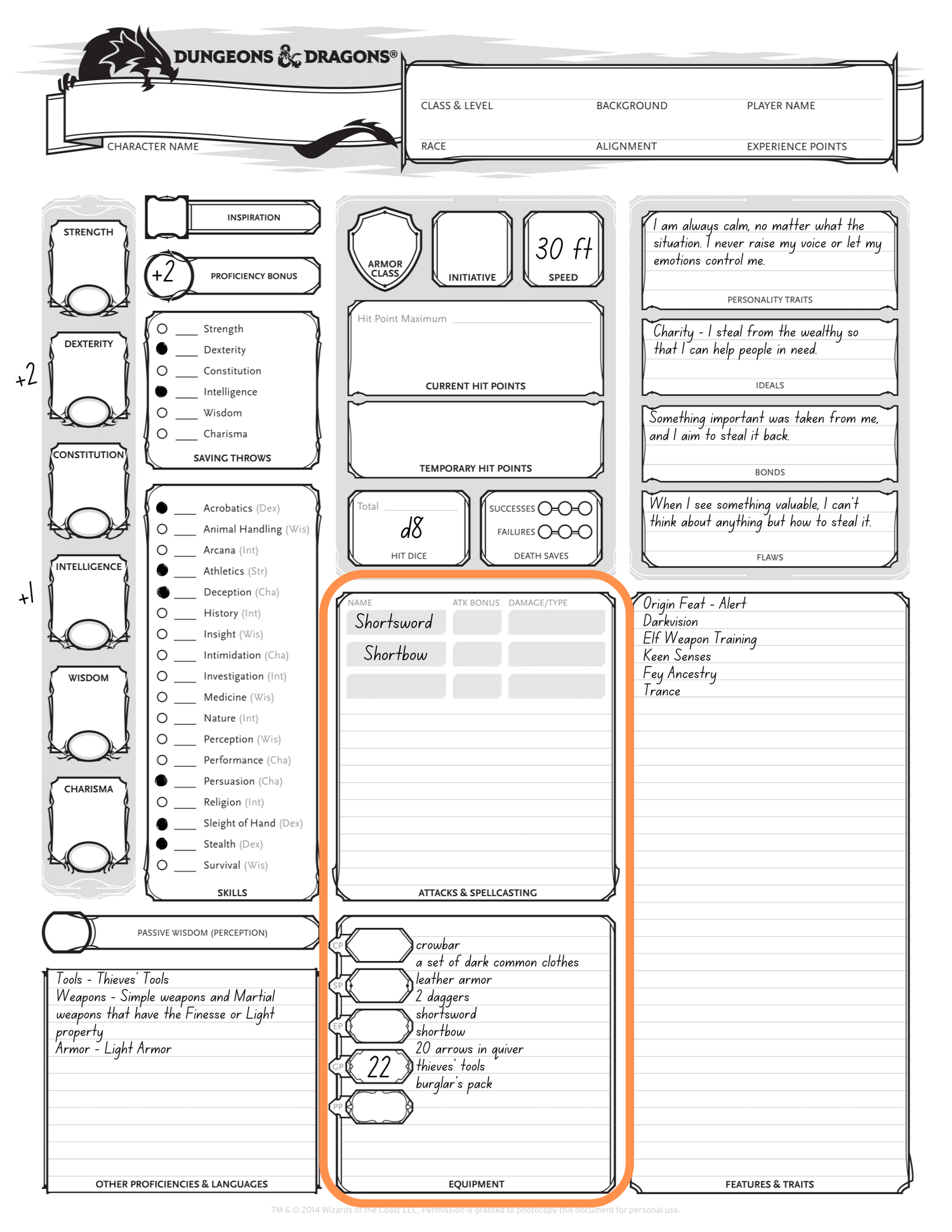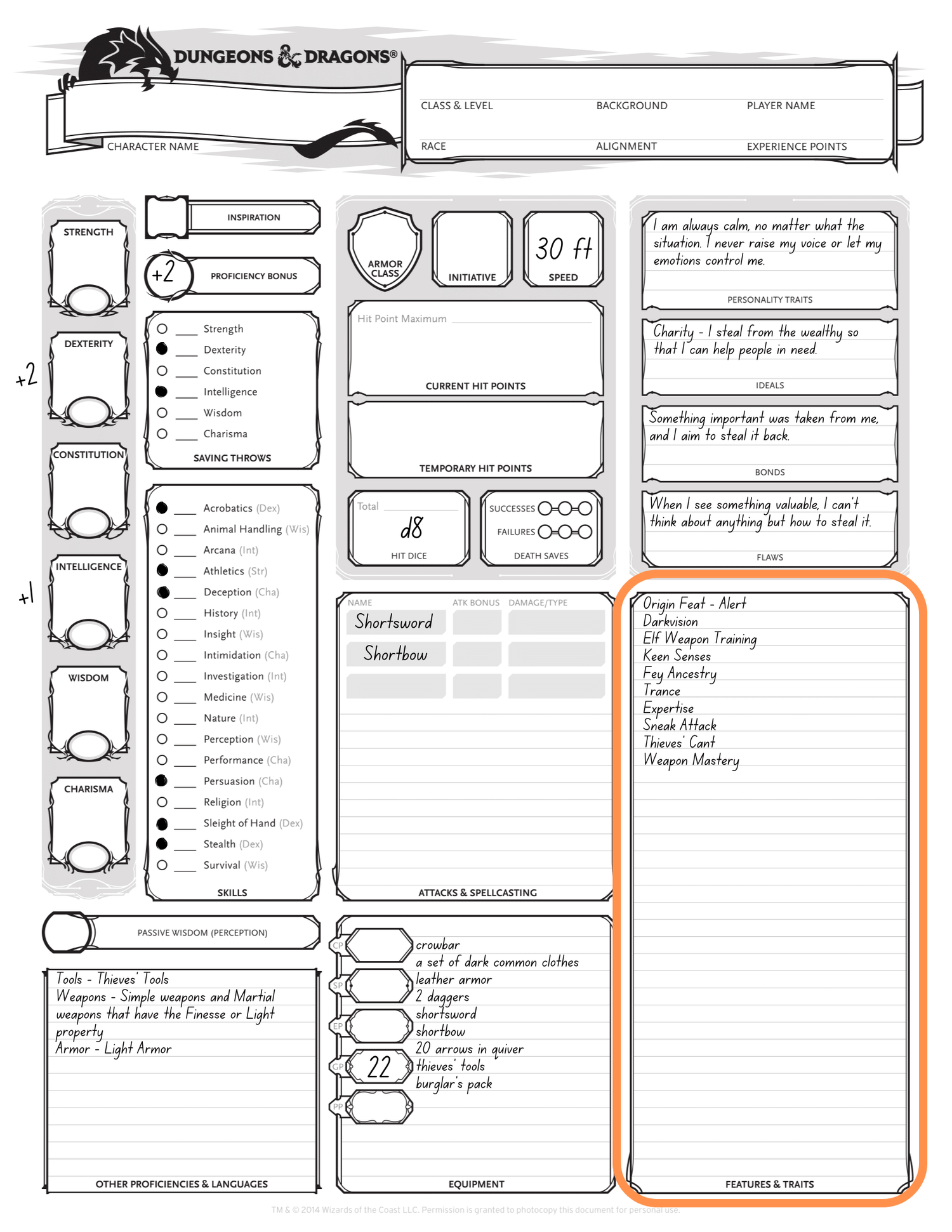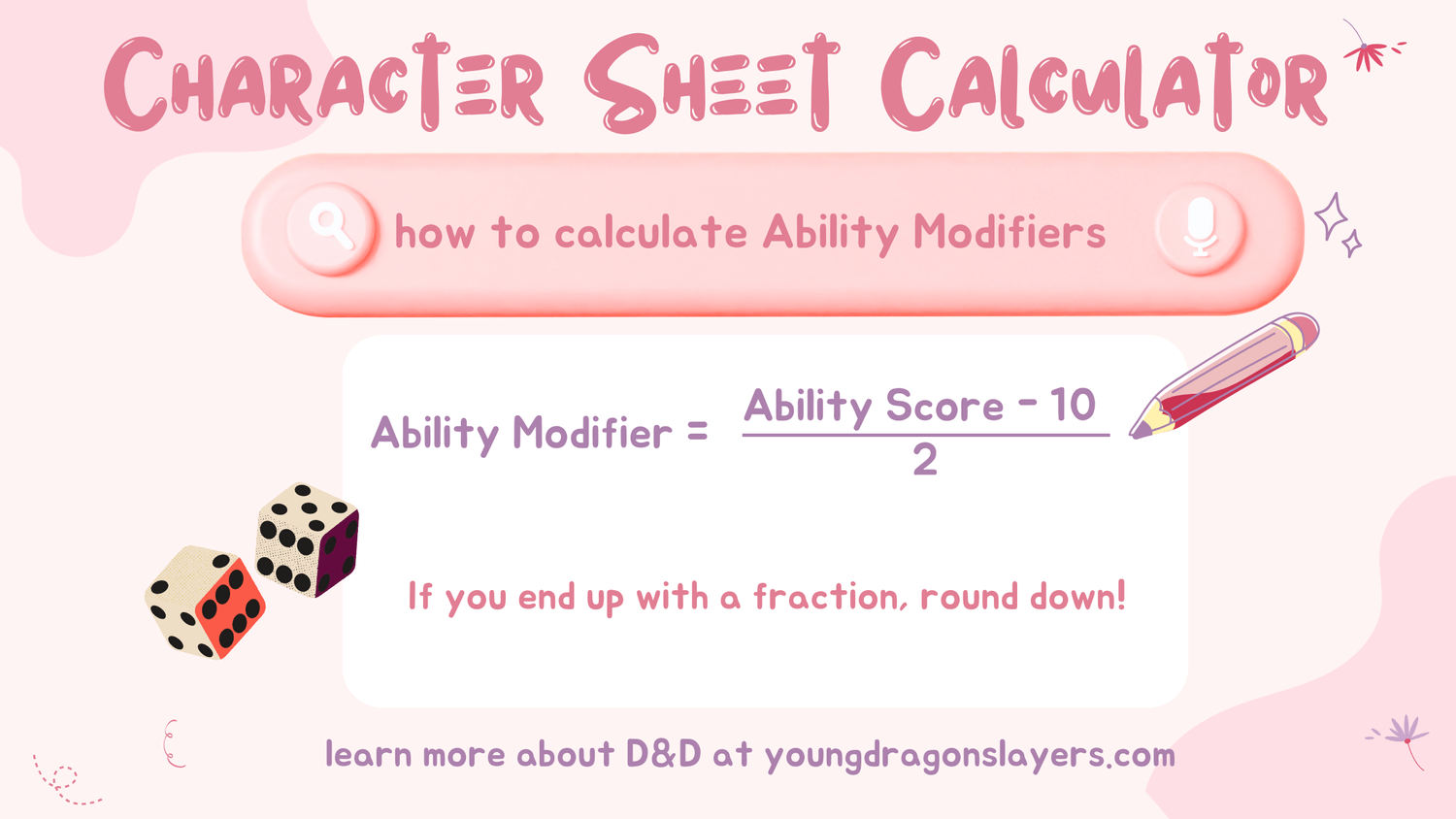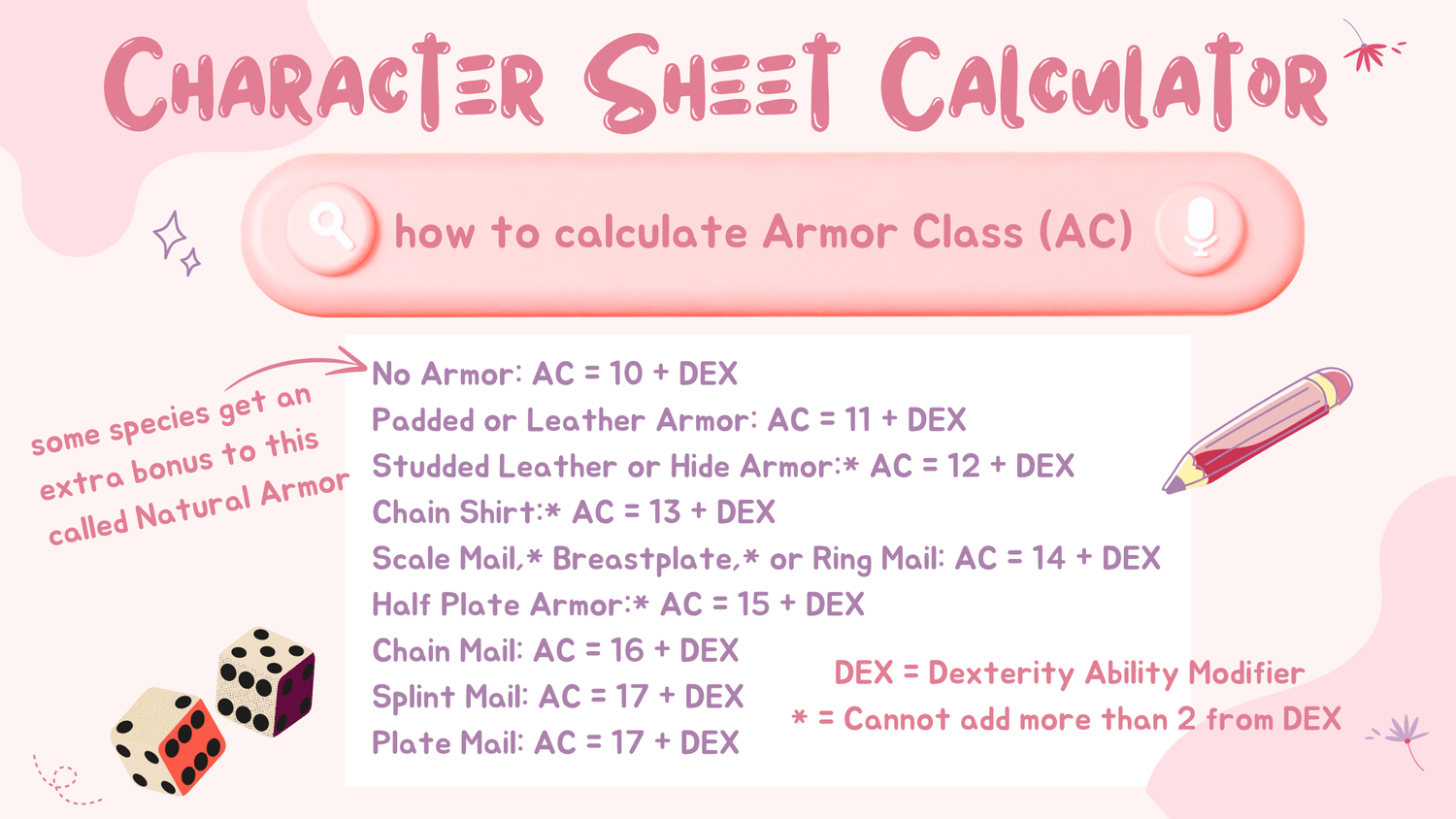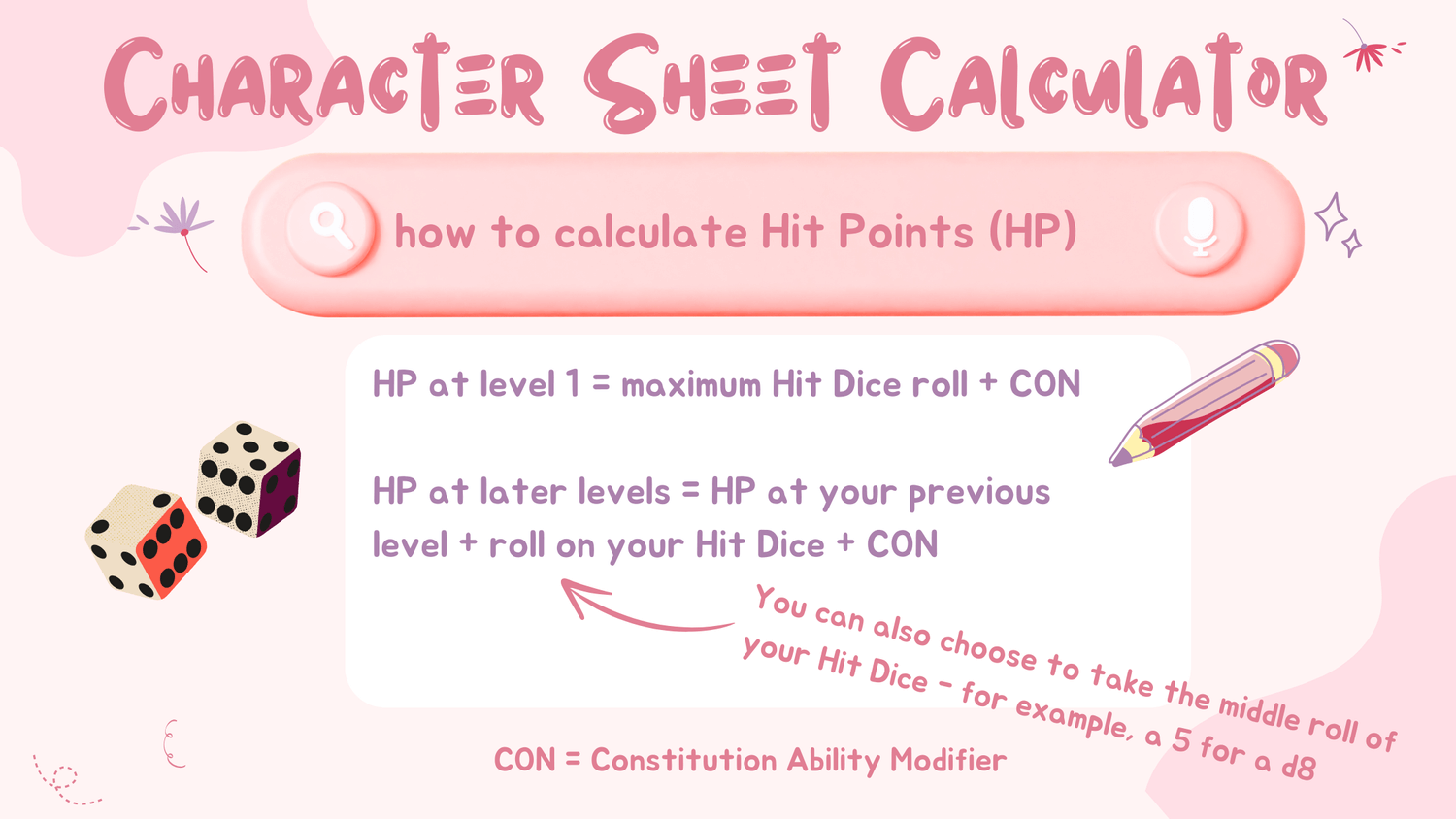How To Make A D&D Character in 5E and 5.5E (2024)
You get to do a lot in Dungeons & Dragons: go on fantastical adventures, fight cool monsters, and embark on mysterious quests. But perhaps the best part is that you get to go on those quests using a character that you made yourself! Using the basic rules of D&D and a little guidance, you can create your own original character that's playable in any D&D game—whether you’re running 5E or 5.5E. We've helped tons of players create their own characters, so let us give you a hand!
Pick What Version of D&D You Will Use
Dungeons & Dragons has been around for 50 years, so there are several different editions of the rules. The most recent edition, Fifth Edition, or 5E, came out in 2014. It was updated to 5.5E in 2024. (If you want to know more about how these editions work, we've got you covered.) To make a D&D character, you do need to choose one or the other edition (no mixing and matching!), but 5E and 5.5E characters can both play in the same game together.
Understand the Parts of a D&D Character Sheet
In Dungeons & Dragons, a character sheet is a representation of your character's abilities (how fast or strong they are, how good they are at lying, or how likely they are to pull off an epic lute solo). It also tracks things that may change along the adventure (how many hit points they have, how many spells they have cast, or how much awesome loot they've picked up in their adventure) and notes important parts of their personality (if they're good or evil, what they aspire to in life, or how they deal with problems). All of these things have specific names so that characters are easy to talk about. Here are a few you'll need to know as you make your character:
Your character's innate strengths and weaknesses are represented by their Ability Scores. These are six numbers that express your character’s Strength, Dexterity, Constitution, Intelligence, Wisdom, and Charisma. These numbers are put on the left side of your character sheet and determine how likely it is for your character to succeed in their various actions.
Things your character is especially good at are noted as Proficiencies. Skill Proficiencies are marked (a simple yes or no) in the spaces around your Ability Scores, while Proficiencies in Tools, Weapons, or Armor are listed below the Ability Scores. During gameplay, your character will get a boost to any dice rolls using these Proficiencies.
Your character's Proficiency Bonus is what you'll add to rolls using your character's Proficiencies. That starts at +2 for a level 1 character and increases as you level up. Write this down above the Proficiencies.
Your character will also gain their own special abilities, like being able to sneak around in the dark, befriend strangers with ease, or banish a scourge of undead creatures. Each of these have unique names and are noted in the Features & Traits section on the right of your character sheet.
There's some other stuff in there, too, but we'll save it for the end (or leave it for you - we're pretty sure you can figure out what “Equipment” means)!
Pick A Background For Your D&D Character
Your character's background tells you what they were doing before they went adventuring. Were they a sailor on a pirate ship? A folk hero saving their town from monsters? Or perhaps a sage studying under a powerful magician? Pick one that you think makes an interesting character, pull up the info from the edition you want to use, and get ready to write!
A background will give your character Skill Proficiencies and Tool Proficiencies. Note these on your character sheet for your chosen background.
A background will also determine some of the Equipment they will carry; write these down in the middle bottom of your sheet. Backgrounds can also give inspiration for you to write your character's Personality Traits, Ideals, Bonds, and Flaws, which give you an idea of who your character is as a person and how you will play them.
In 5E (2014), a background will also determine some Languages your character speaks, which you can add to the bottom left. In 5.5E (2024), a background gives your character a few special bonuses. The first is an Origin Feat, a special ability you can only get when you're making your character; write the Origin Feat for your background in the Features & Traits section.
Additionally, 5.5E backgrounds will let you add to your Ability Scores; for example, a Criminal can pick two among Dexterity, Constitution, and Intelligence, adding a +2 to one and a +1 to the other. Note these additions to the side for now; you'll use them later in the Calculations section.
Pick A Species For Your D&D Character
Your character's species, sometimes called ancestry, heritage, or race, is what kind of creature they are. Is your character a hearty Dwarf with innate knowledge of stonework? A lithe half-elf, torn between the human and elf worlds of their parents? Or maybe something rarer like an air genasi, infused with the elemental power of the sky? Some species also have variations, like a Hill Dwarf, Mountain Dwarf, Dark Elf, High Elf, or Wood Elf.
Their species determines many aspects of your character, such as their relative age, height, and what Languages they speak. However, this also includes mechanical aspects, like character's Speed, which represents how many feet they can move per turn; mark the speed for your character's species on the top middle of your character sheet.
Each species has a number of unique features to note in the Features & Traits section. In 5E (2014), each character gets to add to two of their Ability Scores depending on their species; for example, the High Elf species gets to add +2 to their Dexterity Score and +1 to their Intelligence Score. Note these additions to the side for now; you'll use them later in the Calculations section. If you're making a 5.5E character, you already got to add to your Ability Scores with your Background, so no double dipping!
Pick A Character Class In Dungeons & Dragons
Picking your character's class is one of the most fun parts of character creation - it's where most of the neat abilities come in! Your class determines what your role in the party is, where your abilities come from, and your specific skills lie. Will you be a magically-attuned Sorcerer who summons fireballs with a whisper? A hearty Paladin out to defend the weak and push back bullies with the divine retribution? Or maybe a peaceful Druid who can commune with nature and transform themselves into the creatures of the forest?
There are lots of things to write down when it comes to your character, so buckle up! First is your Hit Dice, which determines how many Hit Points you'll get. Note this in the middle of your sheet, writing it as what kind of die it is. Next are your Saving Throw Proficiencies; these determine you character's abilities to react to certain effects; mark these above your Skill Proficiencies.
Speaking of Proficiencies, you get a whole bundle of those as well! Your character gets proficiencies in Armor, Weapons, and Tools, which you can write down next to Proficiencies from your Background. You will also get to choose more Skill Proficiencies from a list specific to your class.
Finally, look at what your class will add to your character's Equipment. Any weapons should also be added to the Attacks & Spellcasting section.
A character’s class also comes with neat abilities you can write in the Features & Traits section.
Calculate the Stats for Your D&D Character
Here's the part where all of these numbers come together and you can finally polish off your character! First, you need to gain a set of six numbers as the base for your Ability Scores. You can do this by rolling dice, using a points system, or taking a pre-made set of numbers. Then, assign each number to an Ability Score (take a look at your character's Class to get a hint about what Ability Scores they'll use most often) and make the additions from your Species (if you're using 5E) or your Background (if you're using 5.5E). Ability Scores will usually be between 5 and 20, with 10 representing an average person. Once your they are set, use your Ability Scores to calculate your Ability Modifiers.
Your character's Armor Class (AC) determines how hard they are to hit and is calculated based on their Dexterity Modifier and what armor is in their Equipment. Write this by your character’s Speed.
Finally, Hit Points are calculated based on your character's Constitution Modifier and Hit Dice. Calculate this for your character’s first level.
Bring Your 5E or 5.5E Character To A D&D Game
Now you have created a completed character sheet! All there is left is to give them a name and bring them to a game. If you're hard pressed to find a group to play with, we would be happy to help. We run Dungeons & Dragons games online for tweens and teens where you can show up (with or without a character sheet!) and play through your own epic adventure with other D&D fans your age. Our Game Masters will teach you how to play, how to understand your character abilities, and how to level up as your character gets even more powerful in your game!
